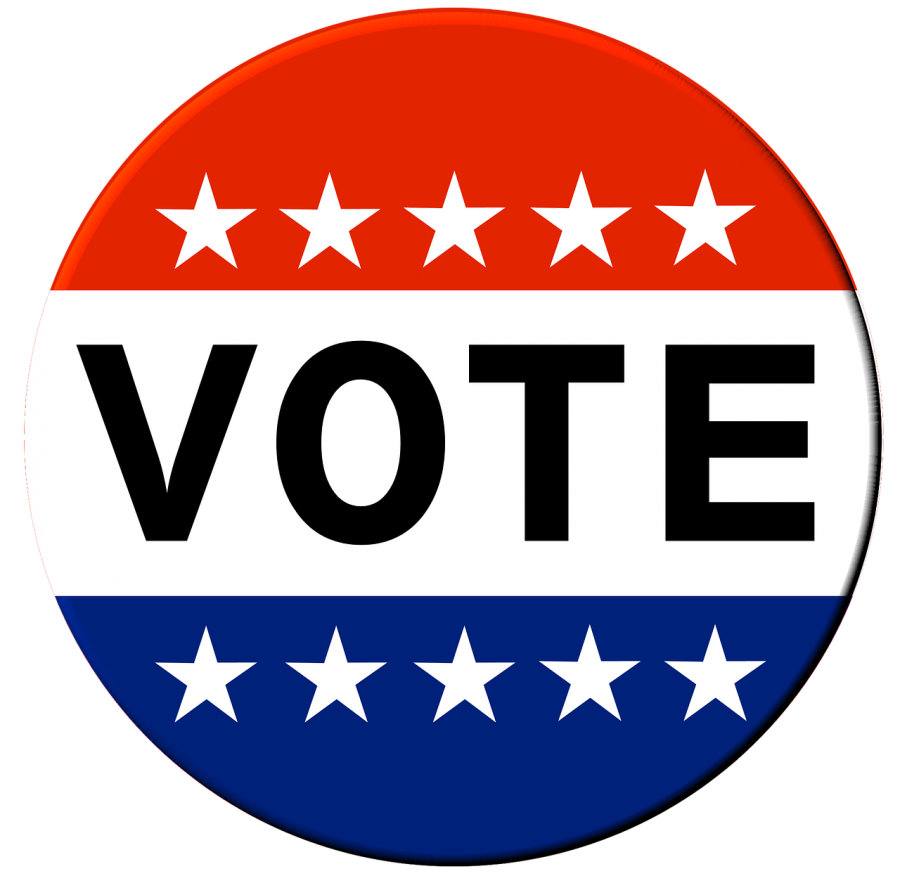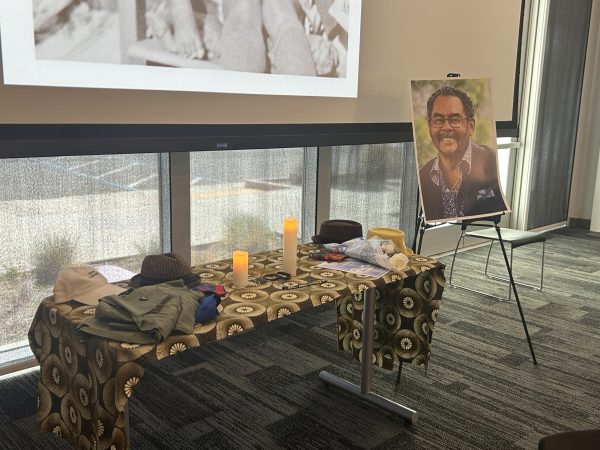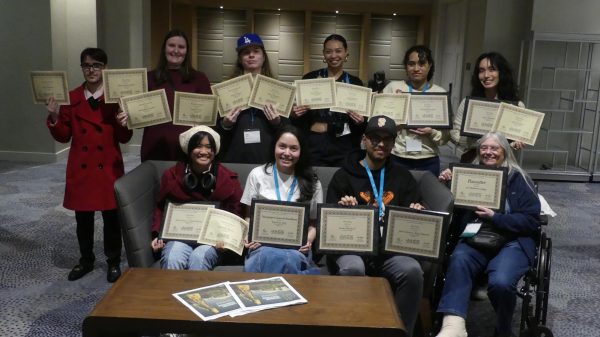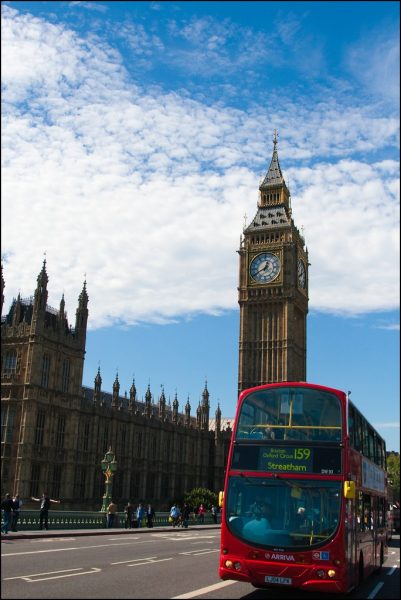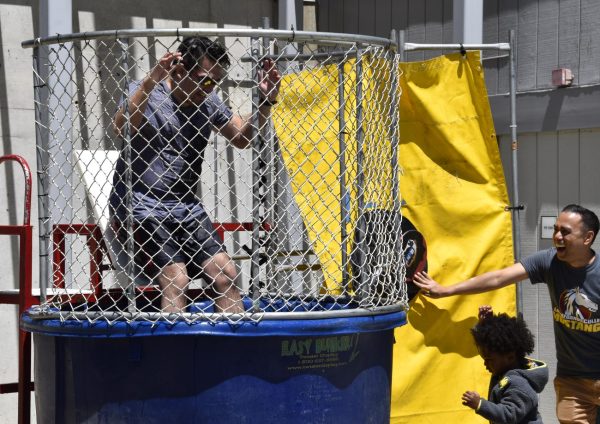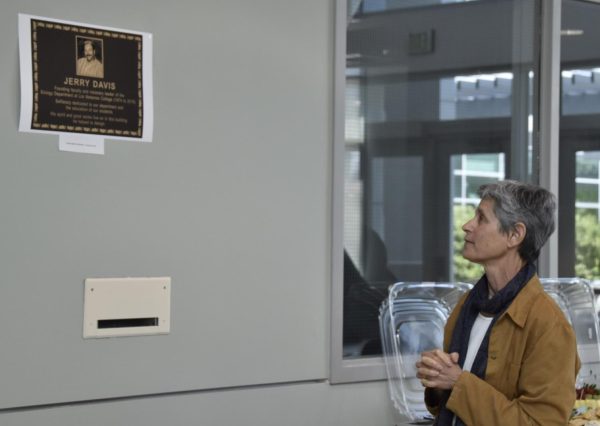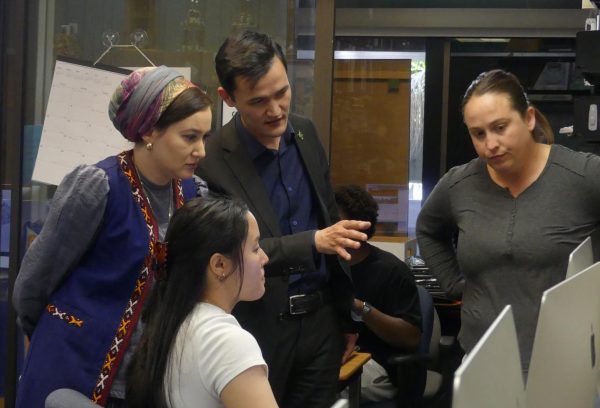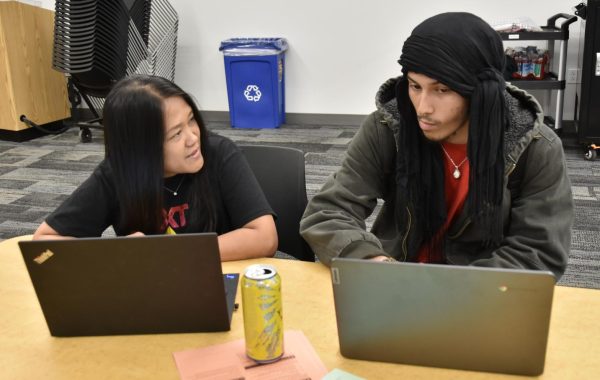A guide to the recall election
How to make your voice heard in the recall election.
September 9, 2021
When presidential elections come around every four years, the whole nation is ready and voter turnout is around 66%, according to Fair Vote. But local and statewide elections are just as important since voters choose public officials who make decisions that impact their daily lives.
This year, California voters are being called to participate in a gubernatorial recall election of Gov. Gavin Newsom on Sept. 14, less than two weeks away. The information below is a guide on how to vote in this election and gives a rundown on why this election is happening, what it means and how California got here.
How to vote
According to the California Secretary of State website, the first step to voting in this recall election is to make sure you are registered. You can do this by going to your county’s official election office website and accessing the page that allows you to check your voter registration status.
If you are not registered to vote yet, it’s not the end of the world. You won’t be able to permanently register in time for this election, but you will be able to conditionally register right up until election day and still cast your ballot.
Next, the Secretary of State office presents a few ways to cast your ballot once you are registered. You can mail in your ballot, drop it off at a secure ballot box, or go to a polling place.
Every California voter will automatically receive a ballot, no matter what. There is no special procedure you have to go through to receive one. The county election offices started sending out mail-in ballots Aug. 16, and there is still time to mail it as long as it is postmarked by Sept. 14.
If you don’t feel comfortable mailing in your ballot this close to the election, you can also drop it off before 8 p.m. Sept. 14 at any of the secure ballot drop boxes located in various places in your county. To find the locations of ballot drop off boxes near you head over to your county’s election office website.
Finally, you can vote in person either before or on election day. Many people don’t know this, but California offers early in-person voting in the days leading up to the election. Check your county’s election office website for early voting locations and times.
If you would like to vote in person on election day Sept. 14, polling places will be open from 7 a.m. to 8 p.m. There are many locations for you to cast your ballot, so check your county’s election office website to get the complete list of polling locations.
For more information on voter registration, polling station locations and times, visit the the Contra Costa County Election Office.
About the ballot
There are two sections to the California gubernatorial recall ballot. The first section asks if you would like to recall Gov. Newsom. If you would like to see him replaced, vote “yes.” If you would like him to remain in office, vote “no.”
The next section asks you to vote for a candidate to replace Newsom if he is recalled. The ballot then lists the 46 candidates who are running to replace him. There are Democrats and Republicans running, as well as candidates from other parties or with no party affiliation. You can vote for a candidate in this section regardless of how you voted in the recall portion of the ballot.
If more than 50% of Californians vote “no,” then Newsom will remain in office. But if more than 50% vote “yes,” then he will be recalled and the candidate with the highest number of votes will replace him.
Los Medanos College Political Science Professor Ryan Hiscocks pointed out the candidate does not need a majority to win the seat, just the most votes. He said that because there are so many candidates running, the votes will most likely be split among many candidates. If Newsom is recalled the new governor might have only received 15 to 20% of the votes because, Hiscocks added, they only need a “plurality not a majority,” to win the election.
Why California is having this election
Professor Hiscocks explained the gubernatorial recall election is one of California’s three direct democracy initiatives. What this means is that Californians themselves, not their elected officials, can request the gubernatorial recall election.
For your signature to be valid for any California direct democracy process, of which the governor’s recall election is one of the three, you have to be a registered voter.
— Professor Ryan Hiscocks
How this process works is that registered voters representing 12% of the voter turnout in the last gubernatorial election signed a petition requesting this recall election to occur — that’s about 1.5 million Californians.
“For your signature to be valid for any California direct democracy process, of which the governor’s recall election is one of the three, you have to be a registered voter,” Hiscocks explained.
According to Cal Matters, the California secretary of state certified on July 1 the gubernatorial election petition with more than 1.7 million signatures on it.
In the ballot information guide the proponents of the recall election explained their reasons for wanting Newsom recalled: They say he has not proposed any solutions to lessen homelessness and allege his COVID-19 plans hurt the economy, and that his economic relief packages have not done enough to stimulate new economic growth. The proponents also say that during Newsom’s term homicides have gone up by 31% and K-12 public schools are ranked 37th in the nation.
To hear more opinions on the upcoming election, read Dante Harrold’s column where he shares his take on why voters should not sit this election out.

